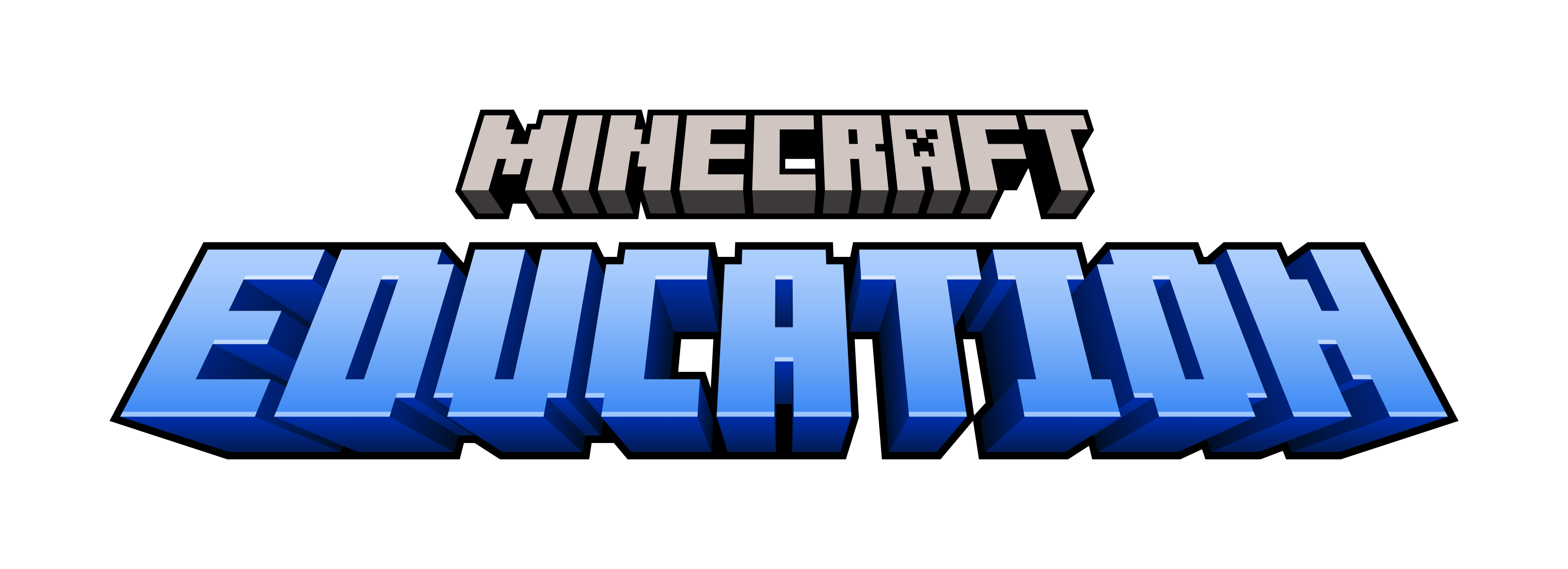Advance Computer Science Learning into the World of Artificial Intelligence

Artificial intelligence is an exciting horizon in the world of computer science, empowering technology to advance in ways never before possible. The implications of AI will reach into every sector of society, from government to entertainment, from business to environmental protection.
In collaboration with Microsoft AI for Earth, we’ve created five new lessons for Minecraft: Education Edition designed to explain the principles of AI and help students take their first steps into this exciting realm of computer science. Learners will use the power of AI in a range of exciting real-world scenarios, including preservation of wildlife and ecosystems, helping people in remote areas, and research on climate change. Many of these lessons are based on real-world projects developed by Microsoft partners and feature learning connections to their work.
These easy, self-guided tutorials allow students to experience the conceptual development of AI through processes that include the collection of data, dataset creation, AI deployment, and analyzing results. You’ll find all of these activities next to the Coding FUNdamentals content in our Computer Science Subject Kit. Read on to learn about the individual lessons and what they can teach your learners!
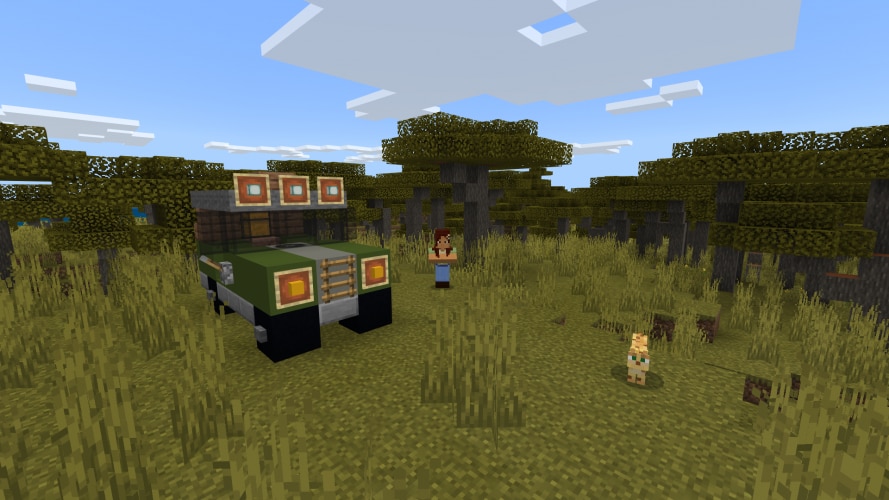
Lesson 1: Who is That Ocelot?
Students are stationed at a research outpost in the middle of a savannah to take part in a biodiversity study. The goal is to track and monitor the population and movements of ocelots. This study utilizes the power of AI to recognize individual ocelots and keep track of them in real time. Each ocelot has its own unique coat, so students make use of semi-supervised machine learning to recognize the different patterns in their fur.
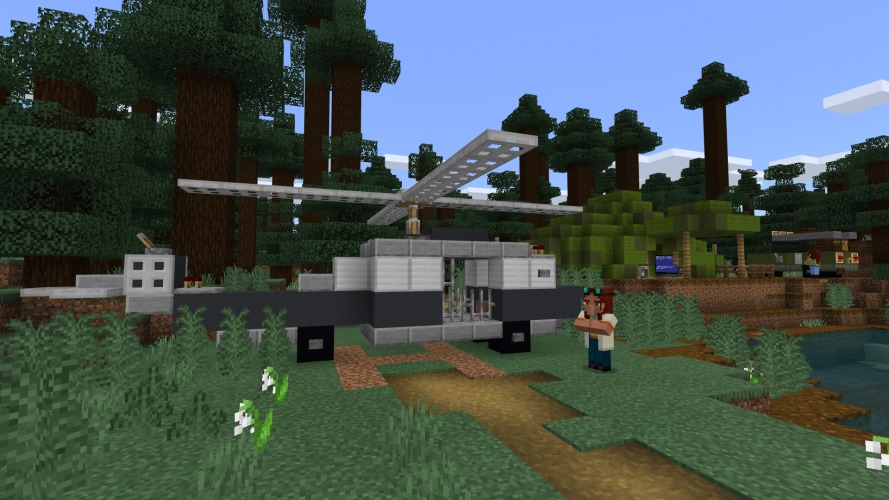
Lesson 2: Mapping Terrain
Students have been sent on an expedition with a crew of researchers, engineers, and scientists to fly over a remote forest and take photos of the terrain below. These photos will help students code a dataset to be utilized by an AI, which uses unsupervised machine learning to find different areas where illegal logging has taken place or trees have developed diseases.
Drawing from a large number of pictures will give the AI an idea of what a healthy forest should look like. Then it will locate these troubled areas by analyzing this dataset to seek out abnormalities like altered coloration, increased desolation, or migrating animals. As the AI locates these different areas, conservation efforts can be directed there to help the delicate ecological system.
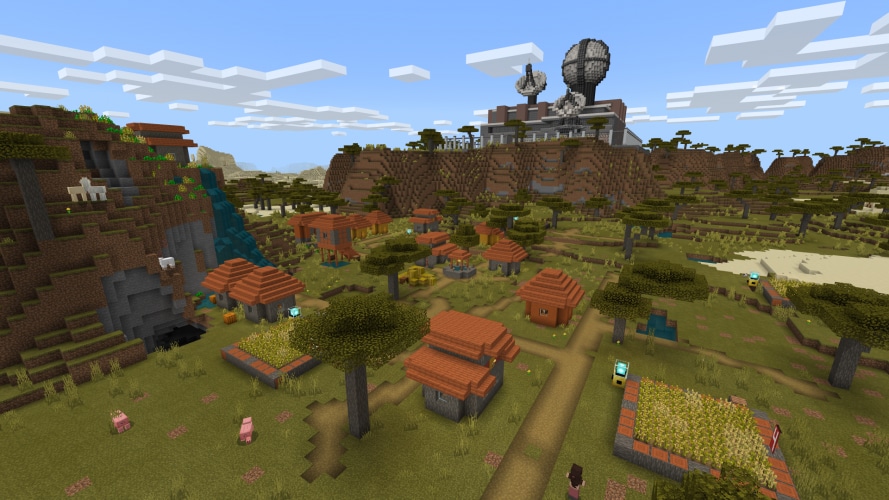
Lesson 3: Sustainable Farming
Students have been sent to a developing region to help the local population farm in a more effective way and make sure there’s not a shortage of food. They’ll collect satellite data from a weather station, then use that information with a semi-supervised machine learning AI, which utilizes predictive analysis to find areas with the right weather and terrain conditions. Their work will help optimize farming and create a more sustainable food source for the local population.
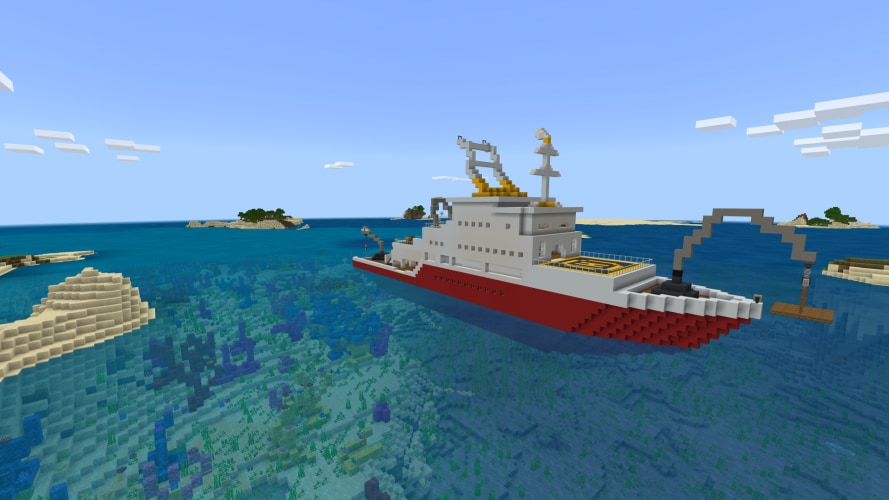
Lesson 4: Ocean Observations
Students have been sent to help ocean researchers gather data and maintain equipment. These researchers are using sensors to observe an ocean coral reef, and they need to gather large volumes of live data for an AI to map the underwater landscape. This research is part of a scientific investigation that studies the impact of climate change, because coral reefs are a good indication of the state of our climate and its overall impact on ocean life. Thanks to these reefs’ ample food and shelter, many species have made them their homes.
The Agent needs to be coded so that it can reach research equipment on the ocean floor and repair it when necessary. That can be a challenge, since it needs to navigate itself autonomously to the broken equipment. By employing a pathfinding AI that uses reinforcement machine learning algorithms, students will help the Agent find the most suitable path through coral reefs that are both delicate and filled with jagged obstacles.
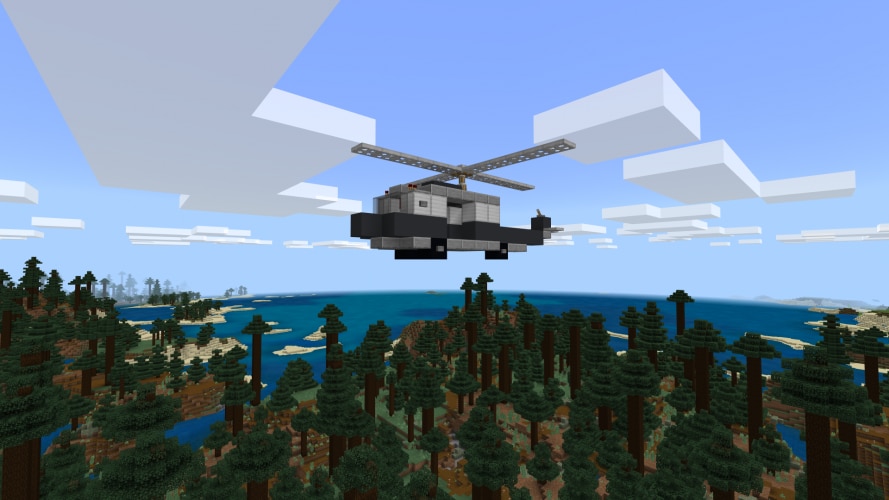
Lesson 5: Water Quality
Students are helping out in a village where people have been getting sick, all with the same symptoms. Doctors suspect that the illness derives from the drinking water—it must be contaminated in some way! Students need to collect water samples from the rivers around the village to create a database. This database then needs to be analyzed using an AI machine learning algorithm to find the source of the pollution. The algorithm will make it possible for the students to travel to the contaminated locations and stop the pollution.
***
These new lessons present both an opportunity for students to explore an exciting area of computer science and a chance to understand how technology can be used for the good of the planet. They also represent a helpful path for beginners to advance beyond basic coding knowledge and into more intermediate activities. Find these lessons in our Computer Science Subject Kit and help your students discover the power of AI!
If you’re new to Minecraft: Education Edition and you’re excited about using game-based learning to teach computer science, begin your journey at education.minecraft.net/get-started.
